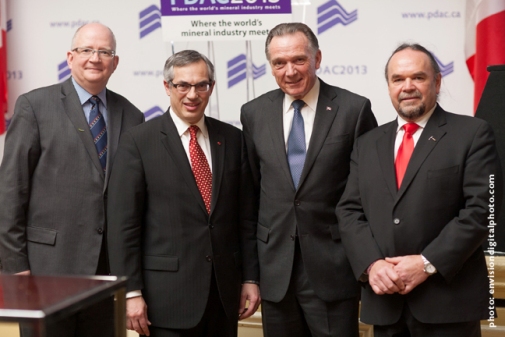Mongolia’s businesses could face a “catastrophe,” if Rio Tinto (RIO) Group and the government cannot resolve a dispute over funding the Oyu Tolgoi copper and gold mine, the deputy minister for economic development said.
The two parties met last week to decide on financing the project through this year, yet disagreements on taxes, cost overruns and management control resulted in a one-month stop-gap budget. Rio in March will shoulder all the costs for a mine that at full production will account for 30 percent of Mongolia’s economy.
“Rio is funding the project for daily, weekly, monthly operations but not for the big structural investment,” said deputy minister Ochirbat Chuluunbat at a forum in Ulan Bator today. “It will be a catastrophe if it stops.”
Illtud Harri, a Rio Tinto spokesman in London, declined to comment on whether the company was providing all of the funding for the $6.6 billion Oyu Tolgoi mine this month.
Rio controls 66 percent of the project through its unit Turquoise Hill Resources Ltd. (TRQ) and the Mongolian government the rest. The shareholders are squabbling even as the mine is expected to start commercial production by June. Turquoise Hill rallied 10 percent to C$7.25 in Toronto on Friday after news of the month extension.

























